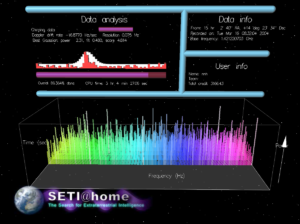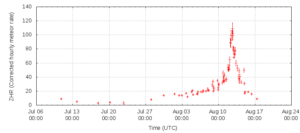How does the amateur practice astronomy?
The amateur practices observational astronomy by painstakingly recording data. To do this, it is essential to know how to scrutinize the sky, using basic notions of celestial orientation. It is necessary to keep track of the observations and, if possible, also a graphic record (drawings or photographs). As already mentioned, it is not essential to have a telescope or binoculars, although many people use them for their observations. Observation is practiced in preferably dark places and far from light pollution, such as the desert or the countryside, but the backyard can also be your “center of operations”!
Participation in citizen science projects
 Citizen science projects are basically initiatives where collaboration by amateurs is very valuable, because in many cases, these are projects where it is necessary to have a careful analysis of images, which can transcend the use of computer systems. (that is, a human analysis is required), as well as others that involve using a lot of computational capacity, which can use computational resources from our home (distributed computing projects), among others. Some known cases are SETI@Home, GalaxyZoo, MoonZoo, etc. A more extensive list can be found here (in English).
Citizen science projects are basically initiatives where collaboration by amateurs is very valuable, because in many cases, these are projects where it is necessary to have a careful analysis of images, which can transcend the use of computer systems. (that is, a human analysis is required), as well as others that involve using a lot of computational capacity, which can use computational resources from our home (distributed computing projects), among others. Some known cases are SETI@Home, GalaxyZoo, MoonZoo, etc. A more extensive list can be found here (in English).
Observation reports in specialized databases
There are various databases that allow you to enter data from different types of astronomical observations, so many of them are used by both amateurs and professionals. Some  Examples of these databases are found in the AAVSO (to report observations of variable stars and brightness variations); IMO (to report observations of meteor showers); MPC (to report asteroid astrometry); ETD (to report observations of exoplanetary transits), to name a few.
Examples of these databases are found in the AAVSO (to report observations of variable stars and brightness variations); IMO (to report observations of meteor showers); MPC (to report asteroid astrometry); ETD (to report observations of exoplanetary transits), to name a few.

